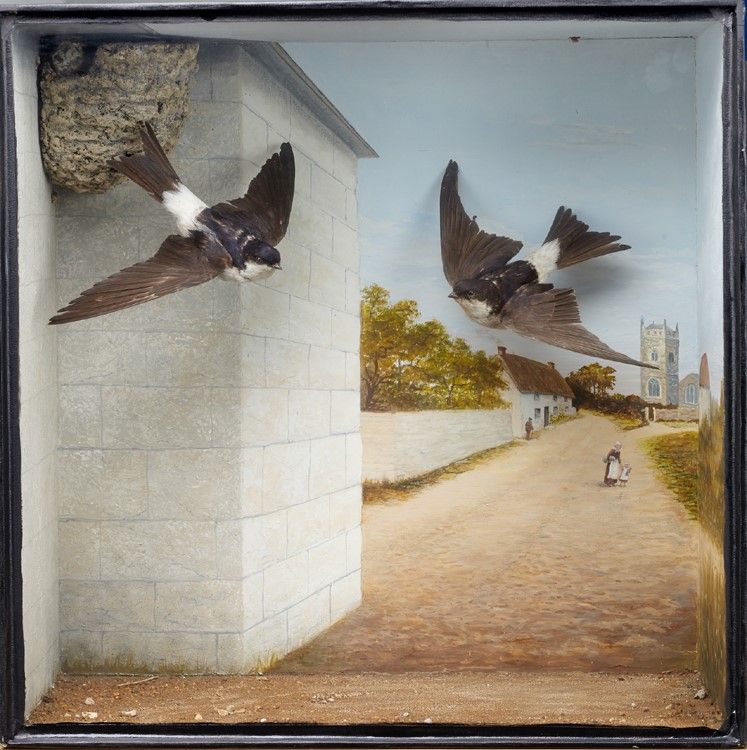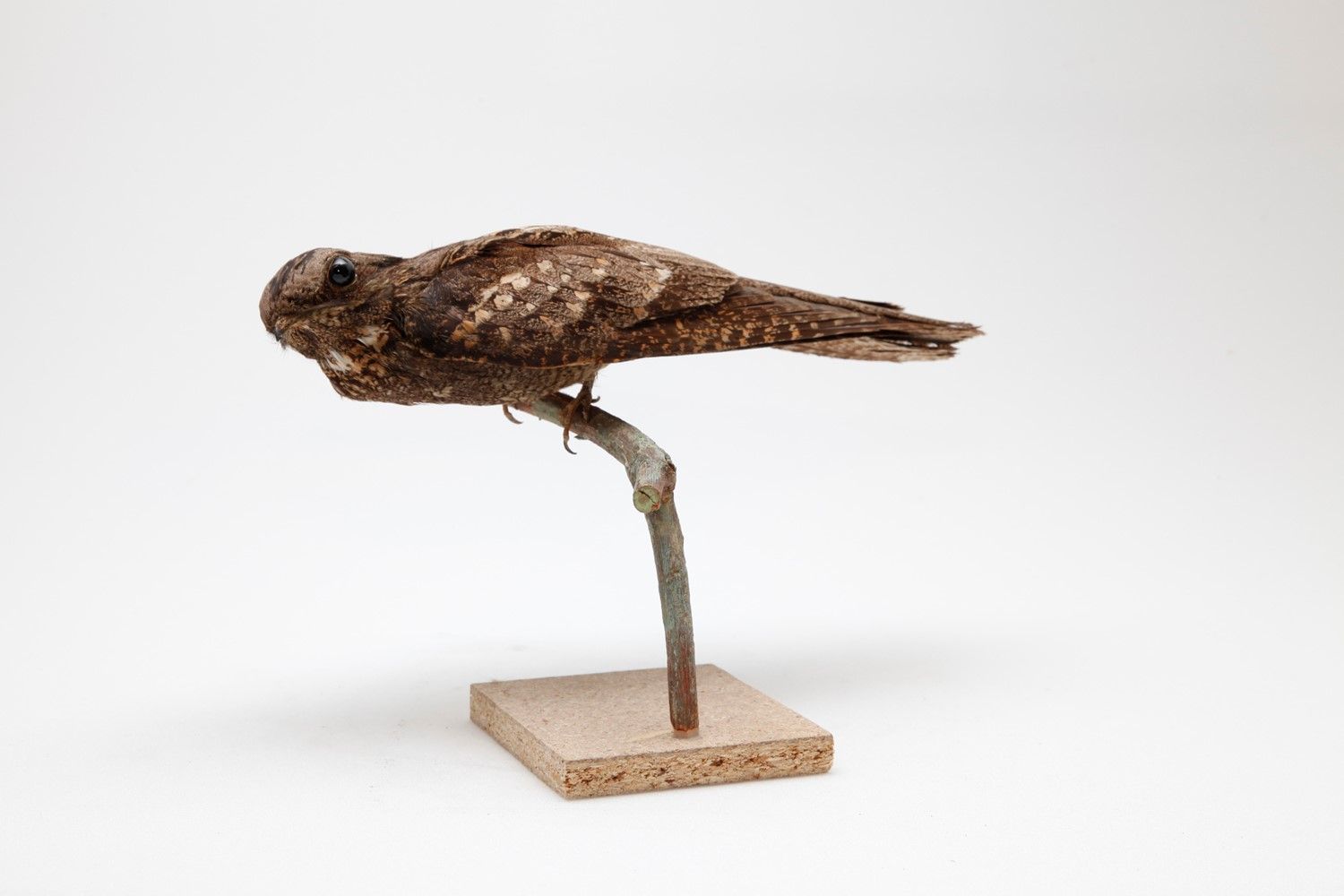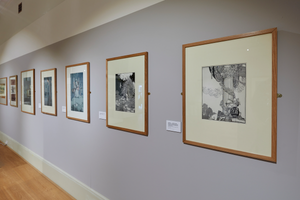It's National Bird Day and we join Curatorial Assistant, Sam Butcher, as he takes a look at bird migration in Hampshire with some birds from the Natural Sciences collection cared for by Hampshire Cultural Trust.
Until recently, we hadn’t understood where many of our birds disappear to in the winter months. In the 18th century, local naturalist Gilbert White theorised that some birds may hibernate in the river banks. This is not a bad guess, particularly as the actual migration journeys these birds go on is so incredible that it is almost unbelievable!

We only began to discover these marathon journeys in the early 20th century with the first systematic ring study taking place in 1909. Satellite technology has now been able to reveal the precise routs that these birds take. Osprey depart in around September, passing through Hampshire on their way south. They travel independently, making their own route to South Africa. Some head east via Italy and over the Red Sea, others pass through Spain and cross the Sahara desert, covering around 4,200 miles in roughly 45 days.

Wheatears set off from the UK in the early autumn as they head for the African tropics. Rather than gliding like some birds, these small songbirds have to flap their wings to remain airborne. This is an energy intensive way to fly which takes months of preparation building up fat reserves for the journey. Before their migration, songbirds expand their digestive tract to be able to absorb more fats from their food. Over the course of their journey, they will need to burn through fat reserves stored in their organs and their muscles in an endurance feet - which puts marathon runners to shame!

Climate change and our increasingly unpredictable seasons has also had a big impact. A recent study from Durham University has shown how house martins and swallows are setting off later for their migration and staying longer, putting stresses on bird populations.
Numbers of migratory birds have been declining for decades. House martins have declined 45% since 1970; their nesting habitats in the UK have reduced and the land in much of their wintering ground in Africa has become degraded. This is a similar story with migratory waders in the Solent area. In the New Forest, lapwing numbers have declined 13% and curlew numbers have declined by 43%.

This is a trend which can be turned around. Nationally, nightjar numbers have increased and numbers in the New Forest have remained largely stable. The restoring of heathland at Foxbury in the New Forest has recently led to a record number of breeding nightjars.
Pewit Island in Portsmouth Harbour is also being restored, giving breeding grounds to nesting gulls and terns returning to the county.
The Bird Aware Solent project aims to shows how people can avoid disturbing nesting birds, giving them time to feed and rest from their migration which in turn will help to bolster numbers. As spring approaches, these birds will begin to return to Hampshire. It is up to us to make these small changes which will have a big impact.




